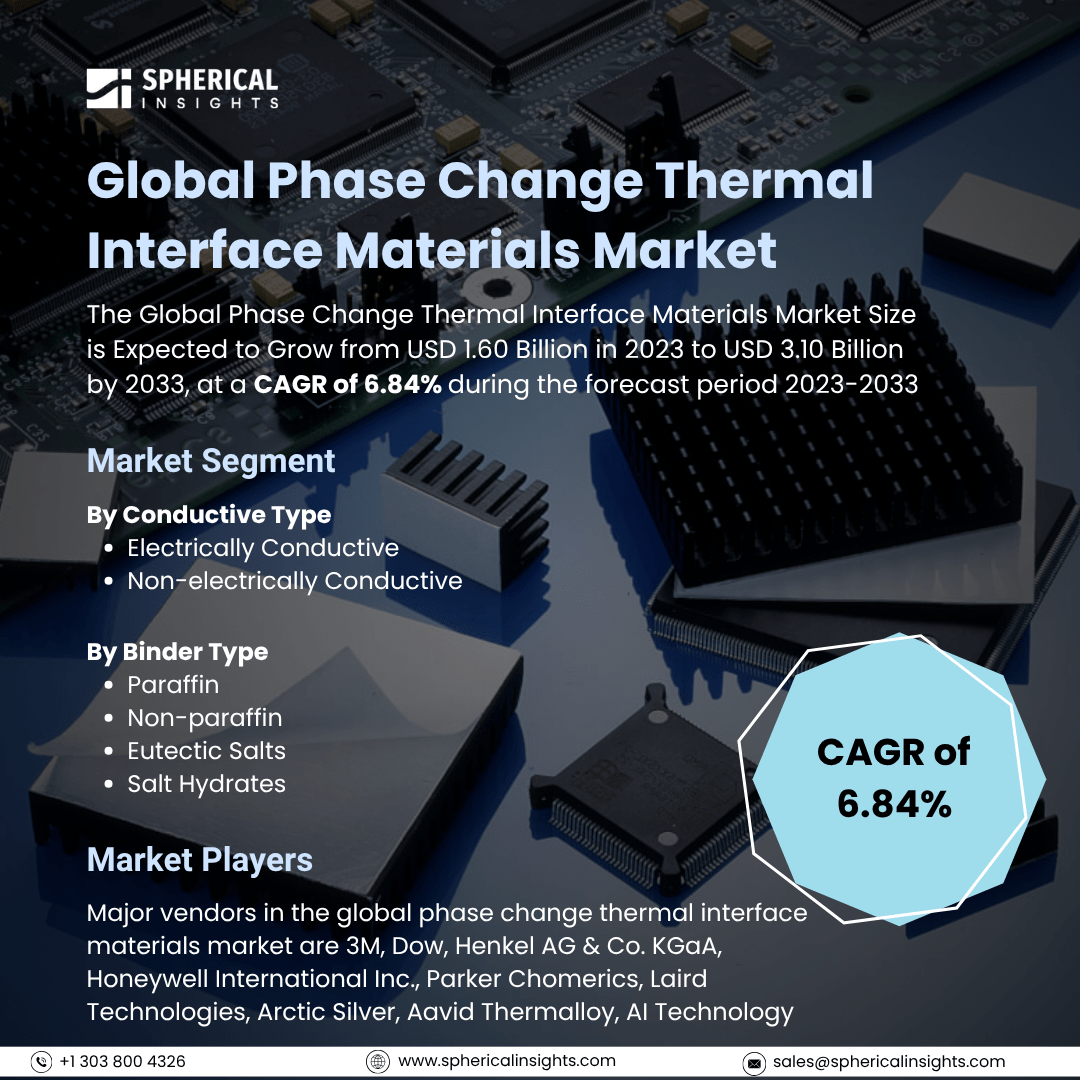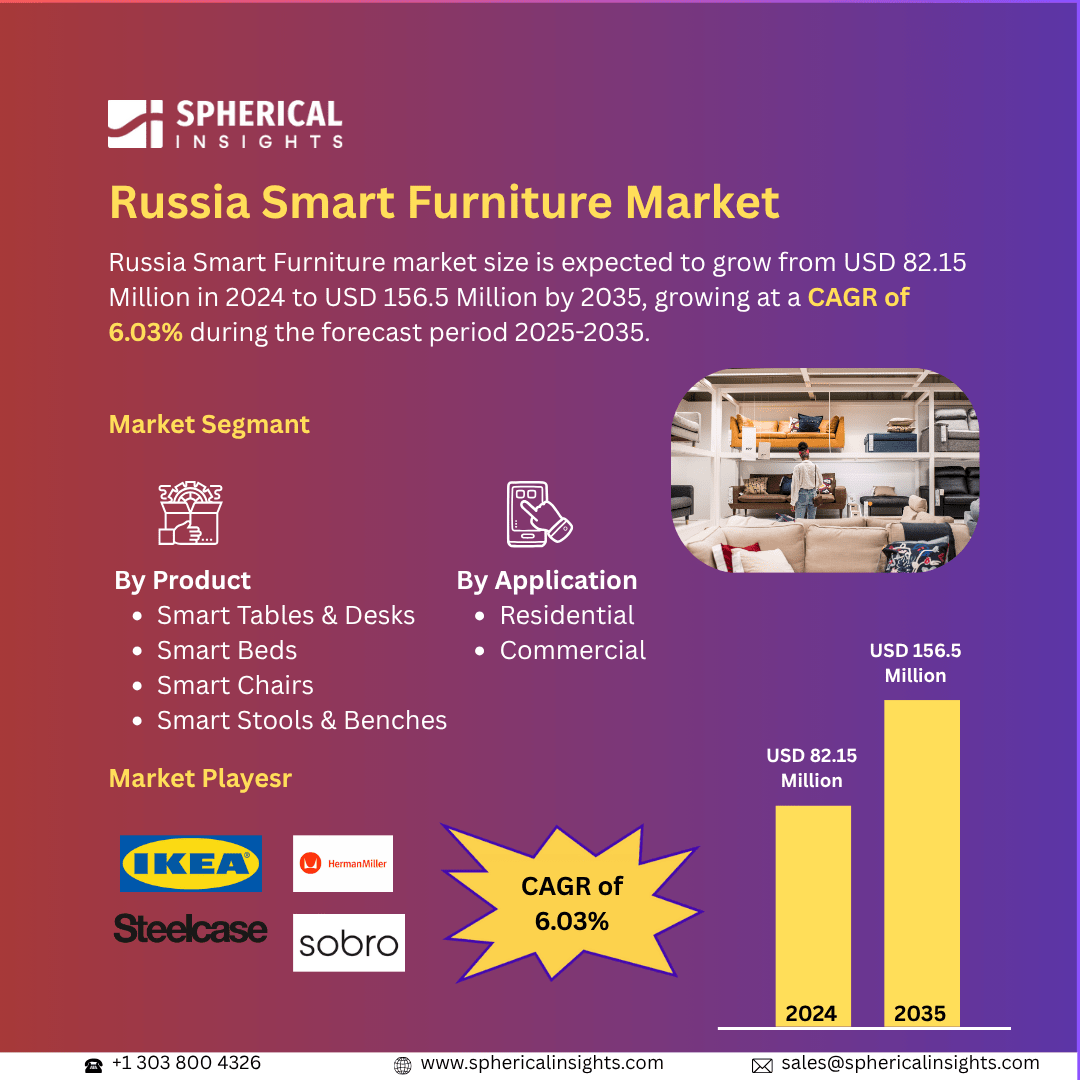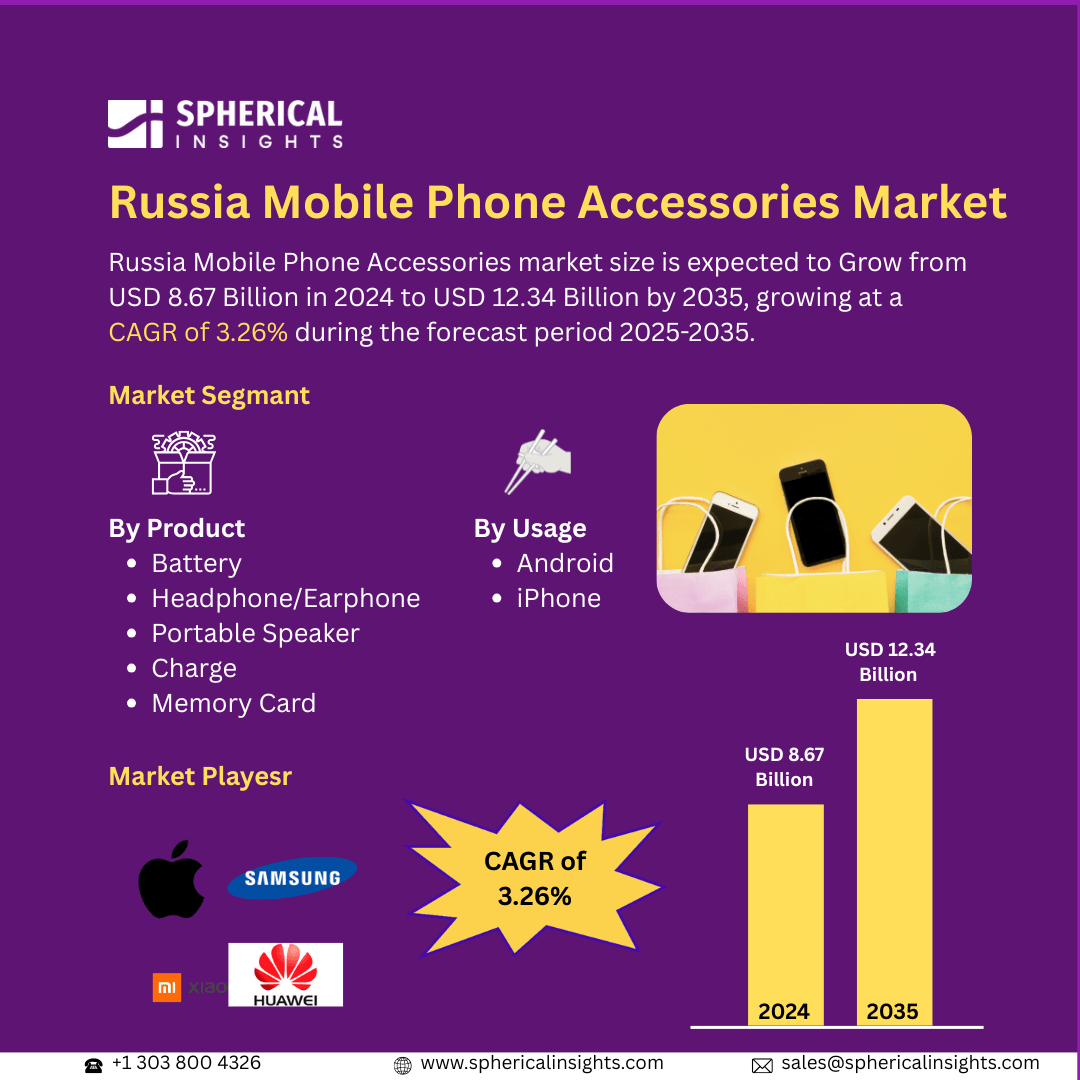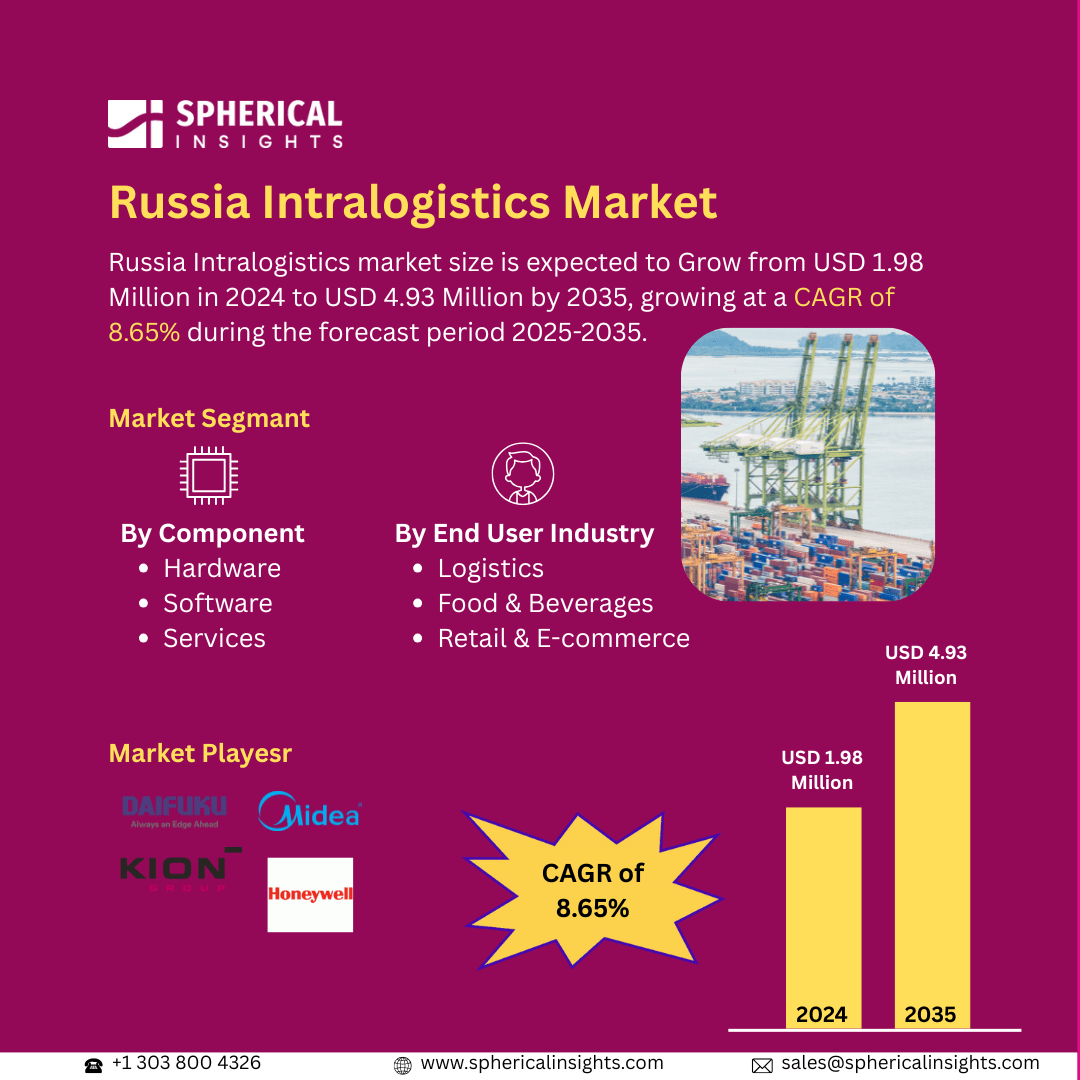Global Phase Change Thermal Interface Materials Market Size To Exceed USD 3.10 Billion By 2033
According to a research report published by Spherical Insights & Consulting, The Global Phase Change Thermal Interface Materials Market Size is Expected to Grow from USD 1.60 Billion in 2023 to USD 3.10 Billion by 2033, at a CAGR of 6.84% during the forecast period 2023-2033.
Browse 210 market data Tables and 45 Figures spread through 190 Pages and in-depth TOC on the Global Phase Change Thermal Interface Materials Market Size, Share, and COVID-19 Impact Analysis, By Conductive Type (Electrically Conductive and Non-electrically Conductive), By Binder Type (Paraffin, Non-paraffin, Eutectic Salts, and Salt Hydrates), and By Region (North America, Europe, Asia Pacific, Latin America, Middle East, and Africa), Analysis and Forecast 2023 – 2033
The phase change thermal interface materials (PCTIM) market is the international industry dedicated to the manufacturing, development, and sales of products that facilitate thermal management in electronic equipment through a phase change (usually from solid to semi-solid) during certain operating temperatures. The materials enhance heat transfer effectiveness between heat-generating parts and heat sinks, which are paramount to the functionality and reliability of electronics, automotive systems, telecommunications devices, and renewable energy equipment. Moreover, the phase change thermal interface materials market is driven by rising demand for efficient thermal management in high-performance electronics, growing miniaturization of devices, and increasing adoption of electric vehicles and 5G technology. The push for higher energy efficiency, reliability, and extended device lifespan further boosts the need for advanced thermal solutions. However, high material costs, limited thermal conductivity compared to some alternatives, and complex application processes restrain the phase change thermal interface materials market, especially in cost-sensitive and high-volume manufacturing industries.
The non-electrically conductive segment accounted for the largest share of the global phase change thermal interface materials market in 2023 and is anticipated to grow at a significant CAGR during the forecast period.
Based on conductive type, the global phase change thermal interface materials market is divided into electrically conductive and non-electrically conductive. Among these, the non-electrically conductive e segment accounted for the largest share of the global phase change thermal interface materials market in 2023 and is anticipated to grow at a significant CAGR during the forecast period. These materials are preferred in applications where electrical insulation is crucial, such as in automotive electronics, telecommunications, and various electronic equipment. Their ability to provide effective thermal management without conducting electricity makes them ideal for ensuring device safety and performance.
The paraffin segment accounted for a substantial share of the global phase change thermal interface materials market in 2023 and is anticipated to grow at a rapid pace during the projected period.
On the basis of the binder type, the global phase change thermal interface materials market is divided into paraffin, non-paraffin, eutectic salts, and salt hydrates. Among these, the paraffin segment accounted for a substantial share of the global phase change thermal interface materials market in 2023 and is anticipated to grow rapidly during the projected period. Paraffin binders are favoured due to their high thermal conductivity, cost-effectiveness, and stability within a melting point range of 55°C to 65°C, making them ideal for applications in electronics, automotive, and renewable energy sectors. Their ability to efficiently manage heat in devices like microprocessors and LED lighting systems contributes to their widespread adoption.
Asia Pacific is projected to hold the largest share of the global phase change thermal interface materials market over the projected period.
Asia Pacific is projected to hold the largest share of the global phase change thermal interface materials market over the projected period. This dominance is driven by the region's robust electronics manufacturing sector, particularly in countries like China, Japan, and South Korea. The increasing demand for consumer electronics, electric vehicles, and advancements in telecommunications infrastructure contribute to the growth.
North America is expected to grow at the fastest CAGR of the global phase change thermal interface materials market during the projected period. This prominence is driven by the region's advanced electronics, automotive, and aerospace industries, which demand efficient thermal management solutions. The increasing adoption of electric vehicles and high-performance computing systems further bolsters the market. Additionally, significant investments in research and development contribute to technological advancements in thermal interface materials.
Company Profiling
Major vendors in the global phase change thermal interface materials market are 3M, Dow, Henkel AG & Co. KGaA, Honeywell International Inc., Parker Chomerics, Laird Technologies, Arctic Silver, Aavid Thermalloy, AI Technology, Croda International PLC, Datum Phase Change Ltd, Enerdyne Thermal Solutions, GrafTech, Microtek Laboratories Inc., NuSil Technology, Phase Change Energy Solutions Inc. (PCES), Specialty Silicone Products (SSP), Stockwell Elastomerics, TCP Reliable Inc., Wakefield-Vette., and others.
Key Target Audience
- Market Players
- Investors
- End-users
- Government Authorities
- Consulting and Research Firm
- Venture capitalists
- Value-Added Resellers (VARs)
Market Segment
This study forecasts revenue at global, regional, and country levels from 2023 to 2033. Spherical Insights has segmented the global phase change thermal interface materials market based on the below-mentioned segments:
Global Phase Change Thermal Interface Materials Market, By Conductive Type
- Electrically Conductive
- Non-electrically Conductive
Global Phase Change Thermal Interface Materials Market, By Binder Type
- Paraffin
- Non-paraffin
- Eutectic Salts
- Salt Hydrates
Global Phase Change Thermal Interface Materials Market, By Regional
- North America
- Europe
- Germany
- UK
- France
- Italy
- Spain
- Russia
- Rest of Europe
- Asia Pacific
- China
- Japan
- India
- South Korea
- Australia
- Rest of Asia Pacific
- South America
- Brazil
- Argentina
- Rest of South America
- Middle East & Africa
- UAE
- Saudi Arabia
- Qatar
- South Africa
- Rest of the Middle East & Africa



